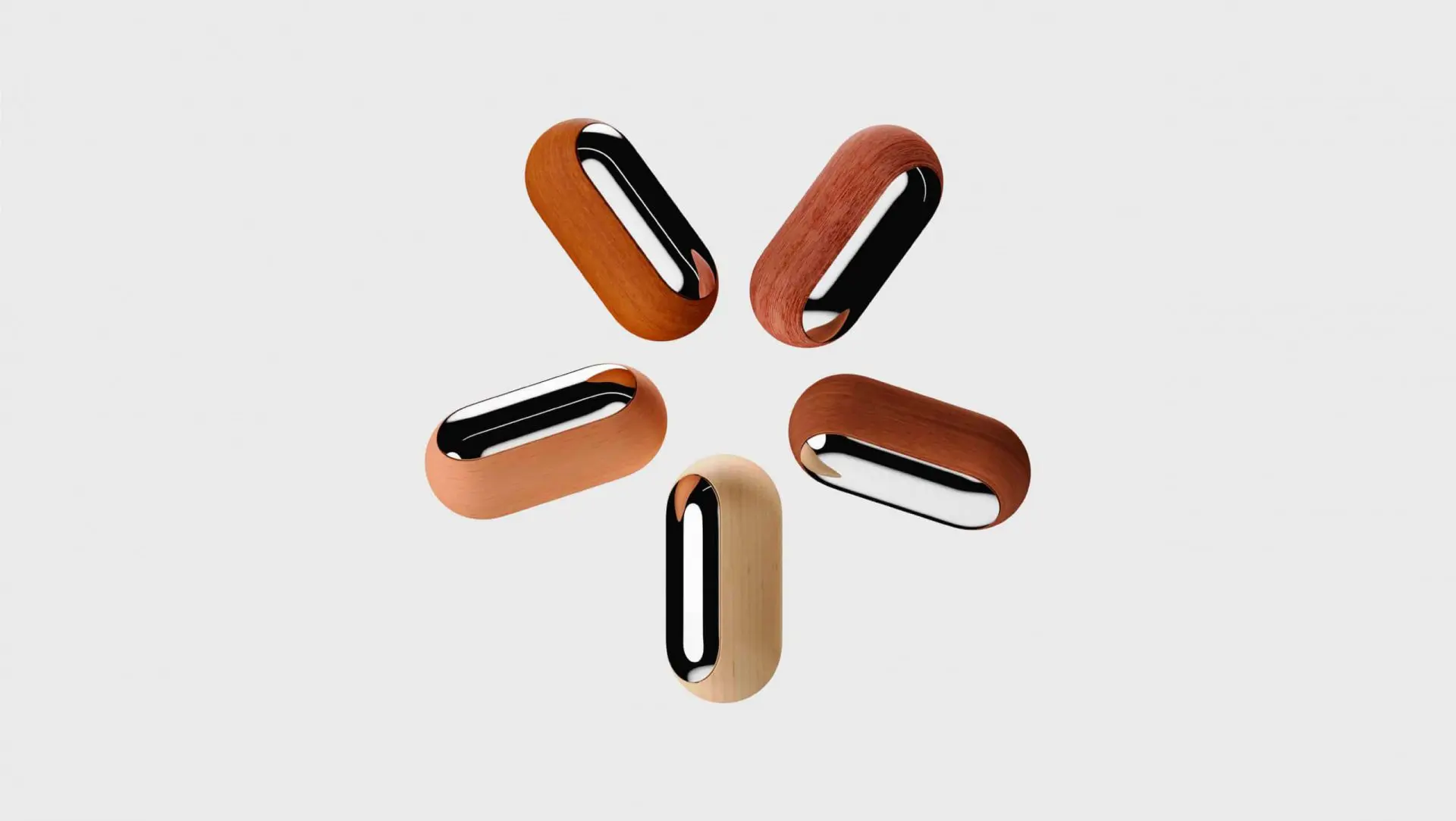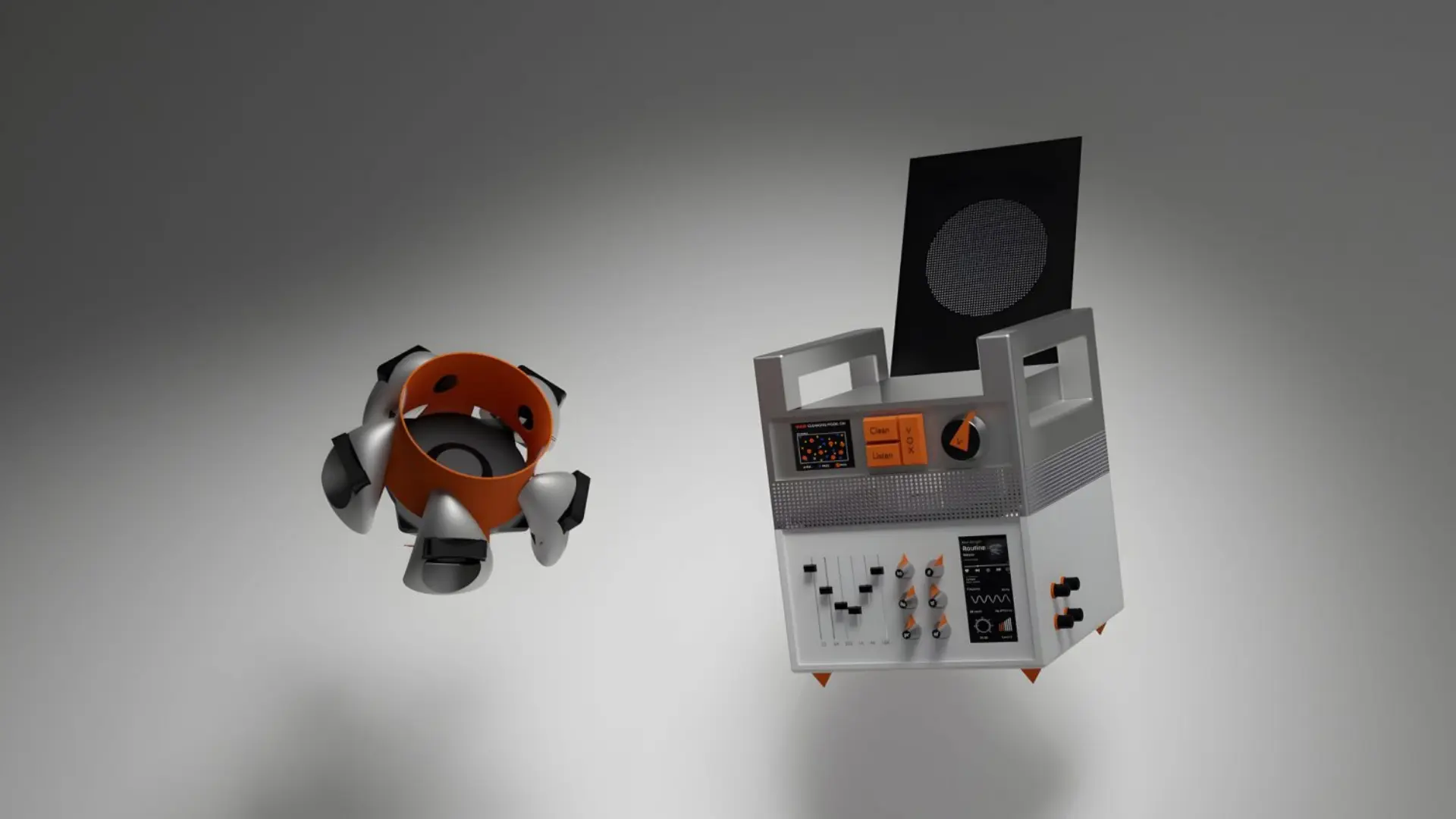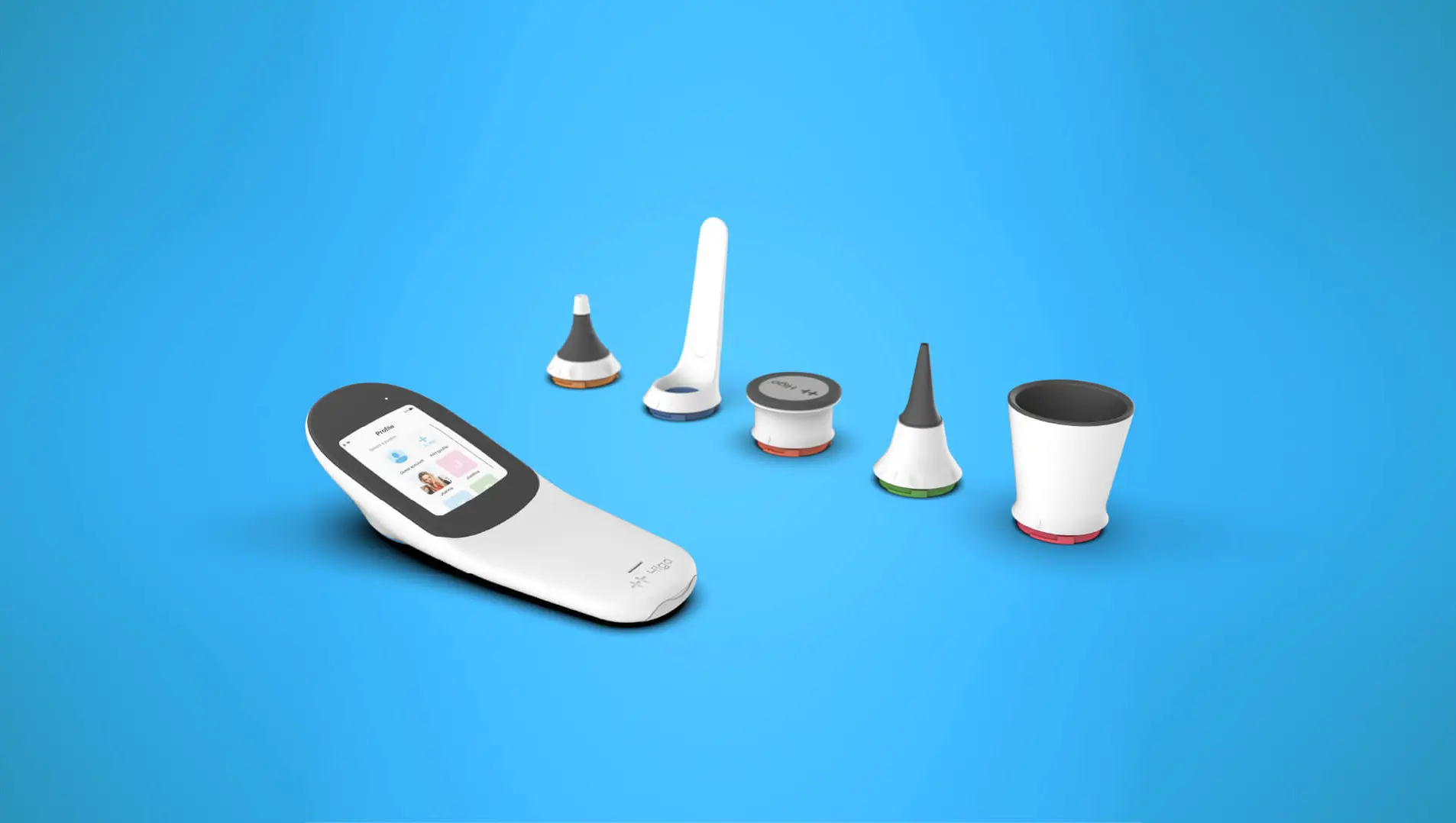A smart home without all the gadgets? Kano Sense scans anything and turns it into a responsive device

British designer Sam Beaney has created a pill-shaped piece of tech that uses computer vision to convert everyday objects into smart home outputs.
Lightbulbs and toothbrushes, fridges and even windows—smart home technology might not be as expensive as it used to be but the changeover from a completely analog lifestyle to one ruled by the Internet of Things can feel like a chore. Moreover, what are you supposed to do with the perfectly working things you own, not to mention those with sentimental value?
Inspired by his granny’s souvenir mugs and old kitchenware, UK-based designer Sam Beaney has come up with a solution that transforms our everyday products into smart devices. Dubbed ‘Kano Sense’, the device is a pill-shaped gadget that uses computer vision to convert everyday objects into smart home outputs.

Ditching voice commands for purely gesture-based interactivity, Kano Sense sends commands to various appliances within the home by identifying the use of certain objects. For example, if it can see you holding your favourite mug, it will switch the kettle on, or if you pull the baking tray from the cupboard and place it on top of the counter, it will preheat the oven.
It works like this. Inside the soft wooden frame, Kano Sense houses computer hardware concealed from view by a precision-molded lens with a one-way mirror coating. With a smartphone users can scan certain objects, labeling them as such and pairing them with a particular room.
Curious to know more about smart devices for your home? Don’t miss Ecobee’s smart thermostat changes your home so it can save the planet.

The smart computer vision embedded inside the device then analyses these objects as well as everyday appliances like ovens to turn interactions with them into smart outputs. We’re not sure how the device overcomes accidentally spotting the object when it’s not in use—we’re guessing it’s something to do with the exact placement of the object.
Regardless, the concept is super cool and something like this is definitely necessary. It hits the sweet spot when futuristic tech considers the existence of things that already exist instead of overwhelming us with more and more devices (ahem…Apple).

Beaney went through multiple iterations of Kano Sense before settling on its final form and experimented with several different types of wood. He settled on a small collection of regional woods to suit their cultural environment including Asian Meranti, American Maple, European Beach, African Ikoko and Australian Blackwood—a universal design for a truly universal product.
IoT devices are on the rise, find out more about these products and don’t miss The palm-sized home robot called ‘Ebo’ is as cute as it gets.







